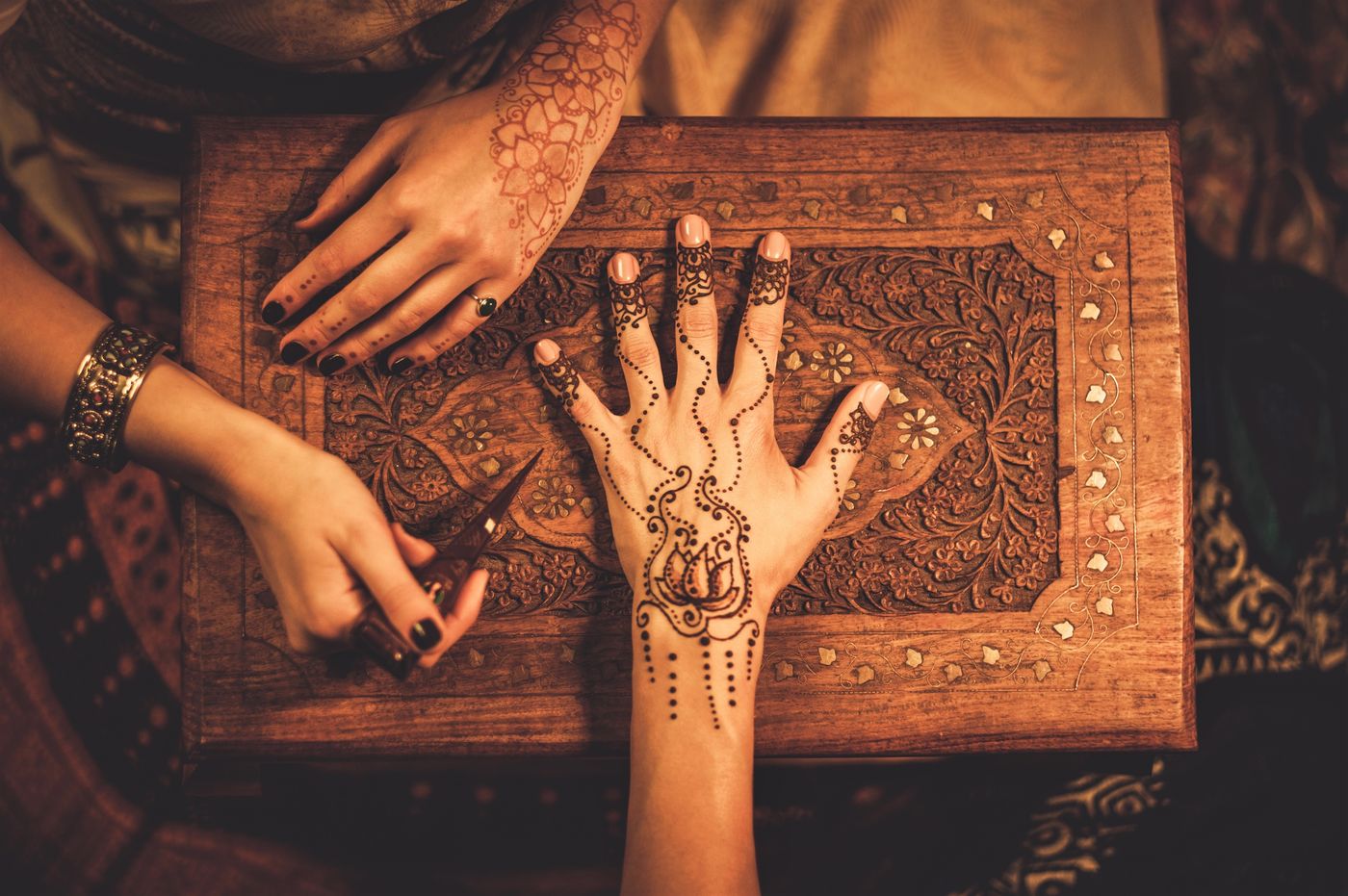Tattoos have been a form of self-expression and cultural identity for centuries. Across the globe, different cultures have developed their own unique tattooing practices, each steeped in tradition, symbolism, and meaning. From the intricate body art of Polynesia to the bold, symbolic tattoos of Japan, this cultural journey explores the fascinating world of tattooing and the rich heritage that accompanies it.
Polynesia: The Art of Tattooing as Cultural Identity
In Polynesia, tattoos, or tatau, are far more than just body art. They are a rite of passage, a mark of social status, and a way of connecting to one’s ancestors. In Samoan culture, men receive a pe’a, an intricate design that stretches from the waist to the knees, representing courage, strength, and a commitment to family. Women, on the other hand, are adorned with the malu, a more delicate pattern, often symbolising beauty and protection.
Polynesian tattoos are not just about aesthetics; they tell a story. Every swirl, line, and pattern carries specific meaning, often reflecting the wearer’s genealogy, achievements, or connection to the natural world. These designs are typically applied using traditional tools made of bone or wood, a process that is long and painful, but highly revered within the culture. The tatau practice is so integral to Polynesian identity that to be tattooed is to be recognised as part of the community.
Japan: The Mystical World of Irezumi
Japan’s tattoo tradition, known as irezumi, dates back to the Jomon period, where tattoos were believed to hold magical or spiritual significance. Over time, irezumi became closely associated with the Yakuza, Japan’s infamous organised crime syndicates, due to its illegal status during the Edo period. However, the art form has transcended its controversial past and is now appreciated for its beauty, intricacy, and the immense skill required to create these designs.
Traditional Japanese tattoos often feature mythological creatures, such as dragons and phoenixes, as well as flowers like cherry blossoms and chrysanthemums. These motifs carry deep symbolic meaning, representing concepts such as strength, rebirth, and the fleeting nature of life. The application process is painstakingly slow, with hand-poked techniques being favoured in traditional irezumi studios. Although modern machines are now widely used, the cultural significance of irezumi remains deeply ingrained in Japanese tattooing.
The Americas: A Blend of Ancient and Modern Traditions
Tattooing in the Americas has a long and varied history. In the ancient civilisations of the Americas, such as the Maya, Inca, and Aztec cultures, tattoos were used for spiritual and ritualistic purposes. Warriors often wore tattoos as symbols of protection, and the designs would reflect their status, achievements, or connection to deities. These tattoos were often intricate and geometric, mirroring the patterns found in their architecture and art.
Native American tribes also embraced tattooing as a form of spiritual and cultural expression. Each tribe had its own distinct tattooing practices, and many designs were deeply connected to their beliefs about nature and the universe. For example, in some tribes, tattoos were given as rites of passage, while others used them to communicate personal or clan identity. The arrival of European colonists in the Americas altered these traditions, but many Native American groups continue to revitalise their tattoo heritage today.
In modern times, tattooing in the Americas has exploded into a diverse art form, influenced by a blend of indigenous, European, and African traditions. Today’s tattoo artists draw from this deep well of cultural history, creating everything from traditional tribal designs to contemporary works of art. The melting pot of tattooing styles in the Americas has turned this region into one of the most innovative spaces for tattoo artistry globally.
Preserving Tradition While Embracing Modernity
Tattooing has evolved into an incredible fusion of old-world practices and modern techniques. Around the world, tattoo artists honour these ancient traditions while pushing the boundaries of what body art can achieve. Whether it’s the bold designs of Polynesia, the mythical creatures of Japan, or the geometric patterns of the Americas, these traditions are kept alive by those who respect the cultural significance behind each piece of ink.
If you are considering a tattoo inspired by these global traditions or simply looking for a high-quality custom design, visiting a tattoo shop in Melbourne CBD offers an opportunity to explore various styles with experienced artists who understand the rich history behind each tattoo. Whether you’re honouring cultural traditions or creating something entirely new, tattoos are a deeply personal and powerful form of expression.
From ancient rituals to modern self-expression, tattoos continue to connect us to our heritage, our identity, and our stories. The journey of tattooing around the world is a testament to the enduring power of art and culture.

